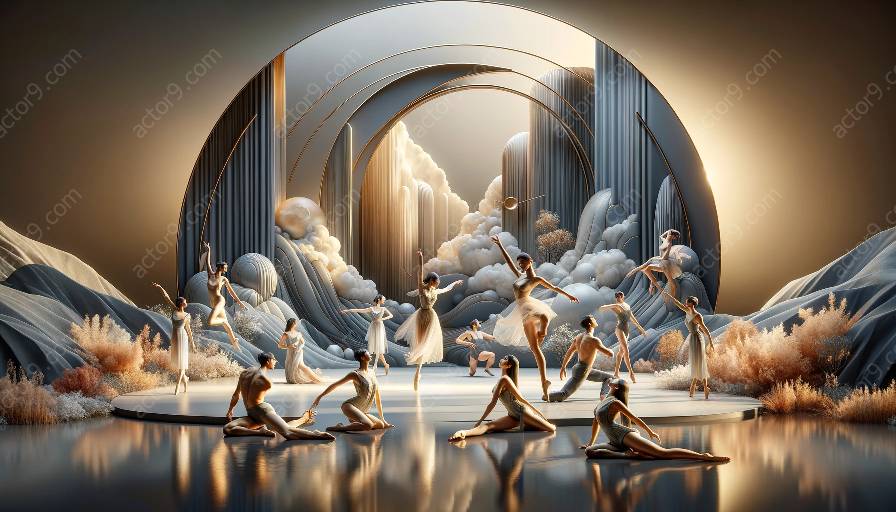Physical theatre is a dynamic and expressive form of performance that has a rich history and has evolved over time. Its origins can be traced back to ancient civilizations and have been influenced by cultural, social, and artistic developments. This topic cluster will explore the fascinating journey of physical theatre, its relationship with the elements of drama, and its impact on the performing arts.
Ancient Origins
Physical theatre has ancient roots, with evidence of physical performances dating back to ancient Greece, Rome, and Asia. In ancient Greece, the use of physical movement, masks, and gestures in theatrical performances was prevalent in the festivals honoring the god Dionysus. These early physical performances were a combination of storytelling, dance, and rituals, laying the foundation for what would later be recognized as physical theatre.
Commedia dell'arte and Renaissance
In the Renaissance era, the Italian tradition of commedia dell'arte brought physical theatre to the forefront. Commedia dell'arte was characterized by improvised performances, masked characters, and exaggerated physicality, influencing the development of physical theatre as a distinct art form. The performances were often based on stock characters and themes, using physicality to convey emotions and narratives.
Modern Developments
The 20th century saw significant developments in physical theatre, with the emergence of influential practitioners such as Jacques Lecoq and Jerzy Grotowski. Lecoq, a French actor and mime, established a pedagogical approach to physical theatre, emphasizing the importance of movement, gesture, and physical expression in performance. Grotowski, a Polish theatre director, explored the use of physicality and minimalist staging to create intense and immersive theatrical experiences.
Elements of Drama in Physical Theatre
Physical theatre embodies several fundamental elements of drama, including movement, gesture, space, time, and rhythm. Movement in physical theatre serves as a primary means of expression, conveying emotions, narratives, and character dynamics through physical actions and choreography. Gesture, on the other hand, allows performers to communicate complex ideas and emotions through bodily movements, often in a symbolic or nonverbal manner.
The utilization of space is integral to physical theatre, as performers interact with the stage environment, utilizing the space to create immersive and dynamic performances. Time and rhythm play significant roles in physical theatre, influencing the pacing, tempo, and synchronization of movements to create a captivating and engaging theatrical experience. These elements combine to form a holistic approach to storytelling and performance in physical theatre.
Impact and Influence
Physical theatre has had a profound impact on the performing arts, influencing various theatrical forms and inspiring innovative approaches to storytelling and performance. Its influence can be seen in contemporary dance, experimental theatre, and interdisciplinary performance art, where physicality is central to the artistic expression and communication of ideas.
Conclusion
The origins and history of physical theatre are deeply intertwined with the evolution of human expression and performance. From ancient rituals and traditions to modern innovations, physical theatre continues to captivate audiences and inspire performers with its dynamic, evocative, and immersive qualities. Understanding its historical journey and its alignment with the elements of drama provides valuable insights into the enduring appeal and relevance of physical theatre in the realm of performing arts.




































